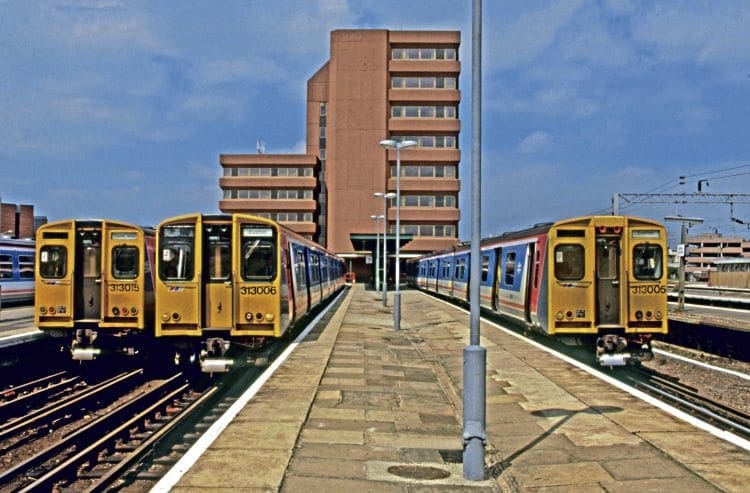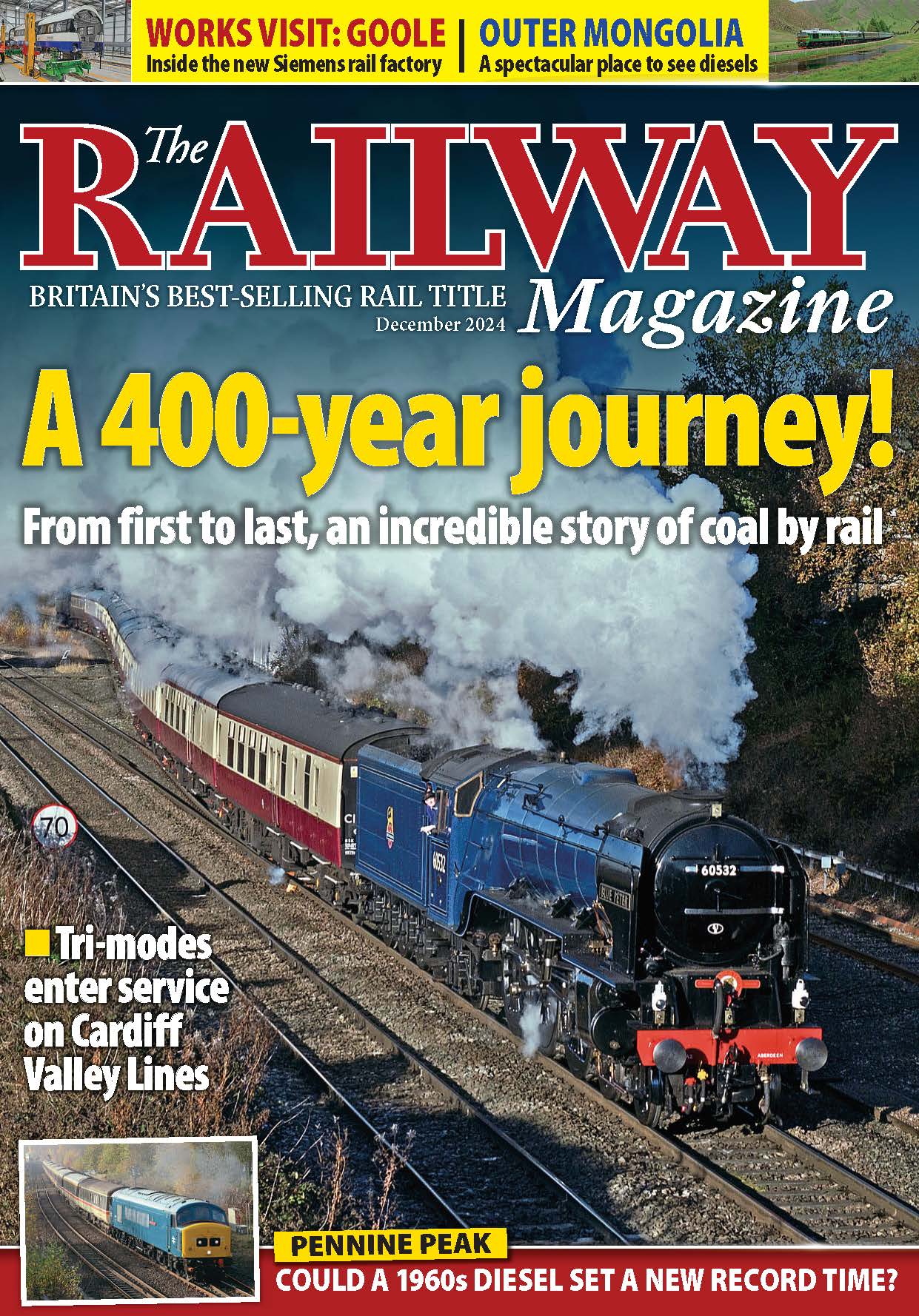On November 8 this year the Class 313 EMUs will have been in service for 40 years. Originally designed for one short line, with unusual requirements, their versatility and durability has meant that they have all survived and have seen redeployment elsewhere, as Quentin Williamson explains.

Although British Railways had greatly extended electric traction since its formation in 1948, its approach to Electric Multiple Unit (EMU) design had been conservative and derivative.
Its Mk1 coaching stock had originally been developed from the latest Southern Railway designs and EMUs were powered versions of the Mk1 designs.
Monthly Subscription: Enjoy more Railway Magazine reading each month with free delivery to you door, and access to over 100 years in the archive, all for just £5.35 per month.
Click here to subscribe & save
From the mid-1960s the Mk2 designs emerged for locomotive-hauled stock, and outer suburban EMU versions appeared on Euston to Birmingham and Manchester semi-fast services as Class 310. Later, similar Class 312 units beefed up services from Liverpool Street, largely in the direction of Clacton. Nevertheless the Southern Region still received new Class 423 sets, which, although fitted with toilets, differed little from EMUs built by the Southern Railway in the 1930s. In 1972 three prototype EMUs, built to a radical new design, were tested on the Southern Region. A two-car and two four-car units were tried out in service, becoming Class 445 (4Pep) and Class 446 (2Pep).
They featured doors in the front of the driving cabs for people to leave the train in an emergency in tunnels, automatic couplings, which carried all of the connections in the coupling, broad sliding doors, and low backed seats in entirely saloon accommodation.
The bodies were built from aluminium alloy and steel.
Read more in October’s edition of The RM




